Metal fabrication is a process that’s become quite popular in the construction industry. It involves building metal structures through cutting, bending, and assembling metals. This innovation has brought about a rise in steel buildings, which is a plus for the industry. Metal fabrication has also evolved; you can now enjoy customization services.
Instead of buying ready-made metal structures, you can request a given design. As a construction client or professional, you may wonder how important custom metal fabrication is to architecture and construction. This article explains custom metal fabrication, its importance, its types, and how it is a game changer in construction. Follow through with this read for insight.
What Is Custom Metal Fabrication?
Custom metal fabrication creates metal structures or products according to specific design requirements. It involves cutting, bending, and shaping metal to create a custom product that meets a client’s unique needs and specifications. The process may involve working with exotic metals, such as carbon steel, aluminum, copper, or brass, and may utilize various techniques, including welding, machining, and sheet metal forming.

Image Credits: bsmw.com
Examples of custom metal fabrication projects include:
- Building custom metal furniture.
- Creating unique architectural elements such as staircases or railings.
- Fabricating custom metal signage or sculptures.
- Producing specialized industrial equipment or machinery.
Custom metal fabricators can take a quick snapshot of the intended product and create quality products. It is often used in construction, manufacturing, automotive, aerospace, and architecture industries and for custom projects and prototypes.
How Does Custom Metal Fabrication Work?
Custom metal fabrication is a highly specialized field requiring metalworking and engineering expertise. Custom metal fabricators work with clients to understand their needs, create designs, and develop prototypes before moving into production. They use various tools and equipment to cut, shape, and assemble metal parts, including computer-aided design (CAD) software, laser cutters, waterjets, plasma cutters, and CNC machines.

Image Credits metaltech.us
The custom metal fabrication process typically works via the following steps:
- Design: The first step in custom metal fabrication is the design phase. Fabricators specialize their work with clients to understand their needs and create a design that meets their specifications. This may involve creating 3D models using CAD software or developing prototypes to test the design.
- Material Selection: When the design is finalized, the appropriate metal material is selected based on the requirements of the product. Factors such as strength, durability, and cost are considered while selecting the material.
- Cutting: After selecting the material, the next step is to cut it into the desired shape using various tools such as laser cutters, waterjets, plasma cutters, or saws.
- Shaping and Forming: Once the metal has been cut, it is shaped and formed into the desired shape using bending machines, rollers, or press brakes.
- Welding: Metal pieces are joined together using welding techniques such as TIG, MIG, or stick welding.
- Finishing: The final step in custom metal fabrication is finishing. The metal is polished, painted, or coated to enhance its appearance, prevent rusting or corrosion, and improve its functionality.
Types of Metal Fabrication
There are different techniques of metal fabrication, each specializing in a different purpose. Here are the types of metal fabrications.
1. Cutting
Cutting is one of the most fundamental processes in metal fabrication. The idea involves using tools such as saws, plasma cutters, or waterjets to cut metal sheets, tubes, or bars into specific sizes and shapes.
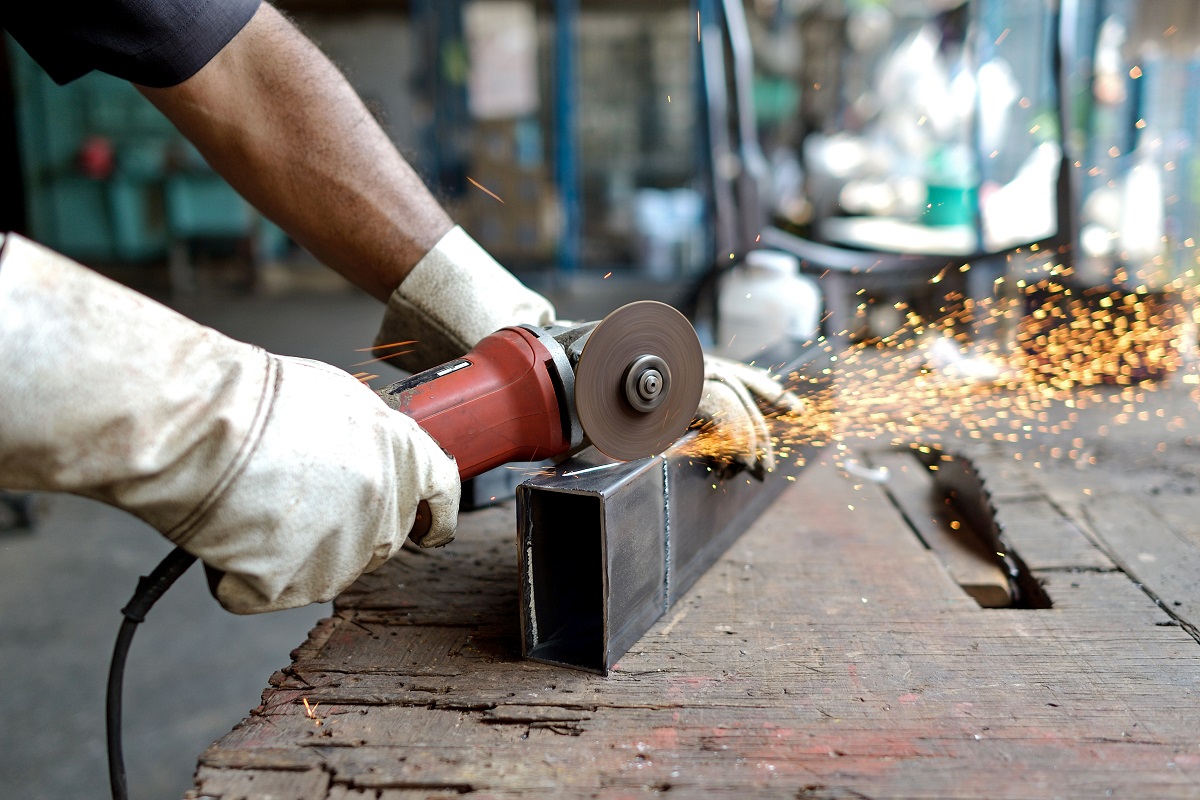
Image Credits: metalexponents.com
These cutting tools can be manual or automated. Cutting is often used as the first step in a metal fabrication project, as it allows the raw materials to be sized appropriately for further processing.
2. Sheet metal fabrication
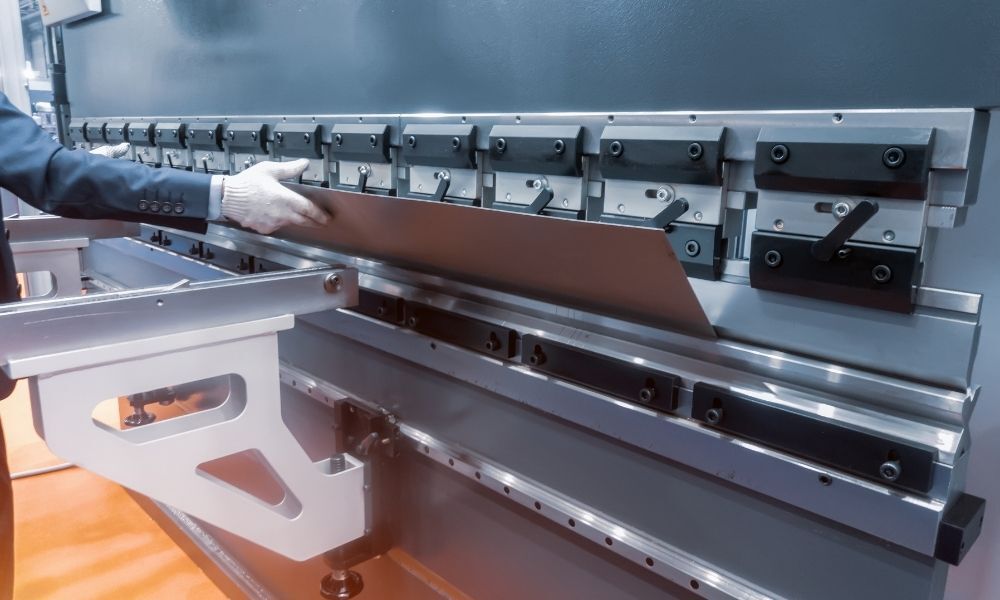
Image Credits: asfllc.com
Sheet metal fabrication involves cutting, bending, and shaping sheet metal into various forms, such as cabinets, enclosures, and metal brackets. This type of fabrication is dedicated to the construction and automotive industries.
3. Welding
Welding is another essential process in metal fabrication. It is the ability to combine two pieces of metal by heating them to their melting points and fusing them with a filler material.
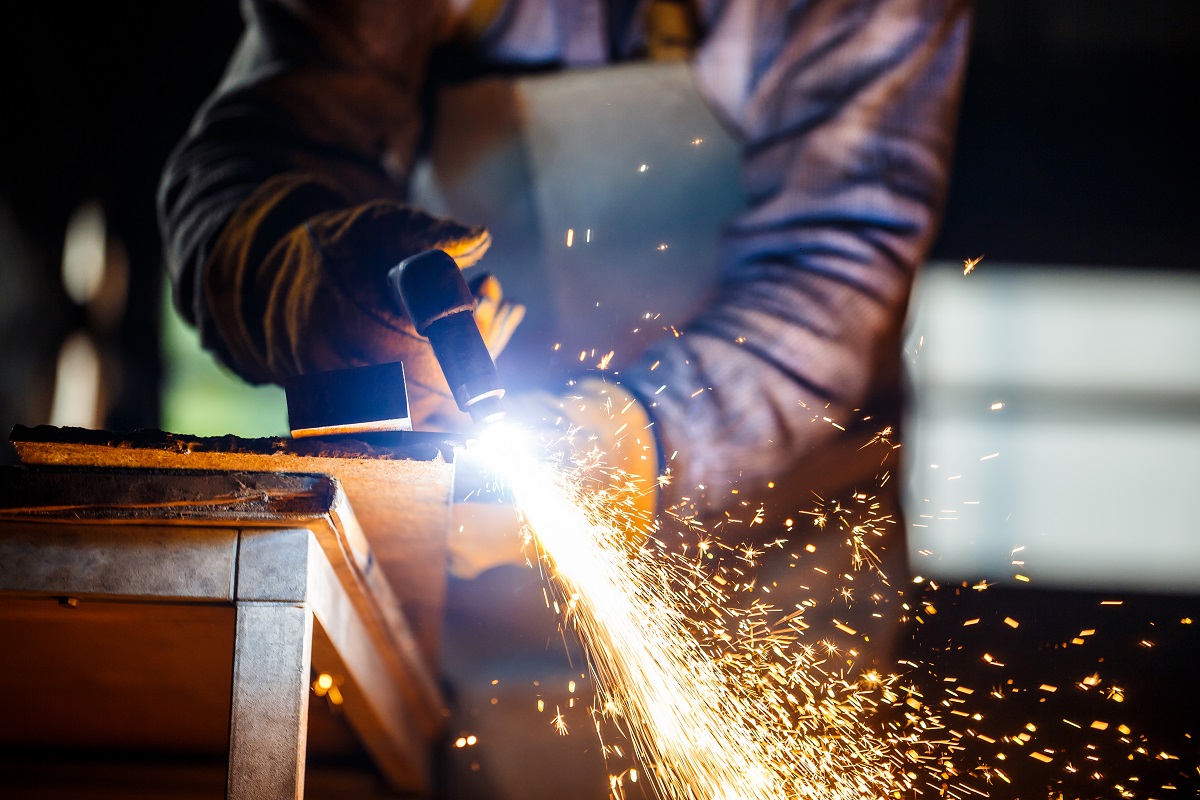
Image Credits: metalexponents.com
This process can be done using various techniques, such as MIG, TIG, or stick welding. Welding can create a strong and permanent bond between metal components, making it an essential process in fabricating structures and machinery.
4. Bending
Bending is the process of shaping metal sheets or tubes into specific angles or curves. This process is often used to create metal components that must fit into tight spaces or have specific shapes. Bending can be done using various tools, such as a press brake or rollers. The process can be performed manually or automated.
5. Forming
Forming is a process used to shape metal into complex 3D shapes. This can be done using various techniques such as stamping, forging, or casting. Stamping involves using a press to stamp metal into a specific shape, while forging involves heating metal and then shaping it with a hammer or press.
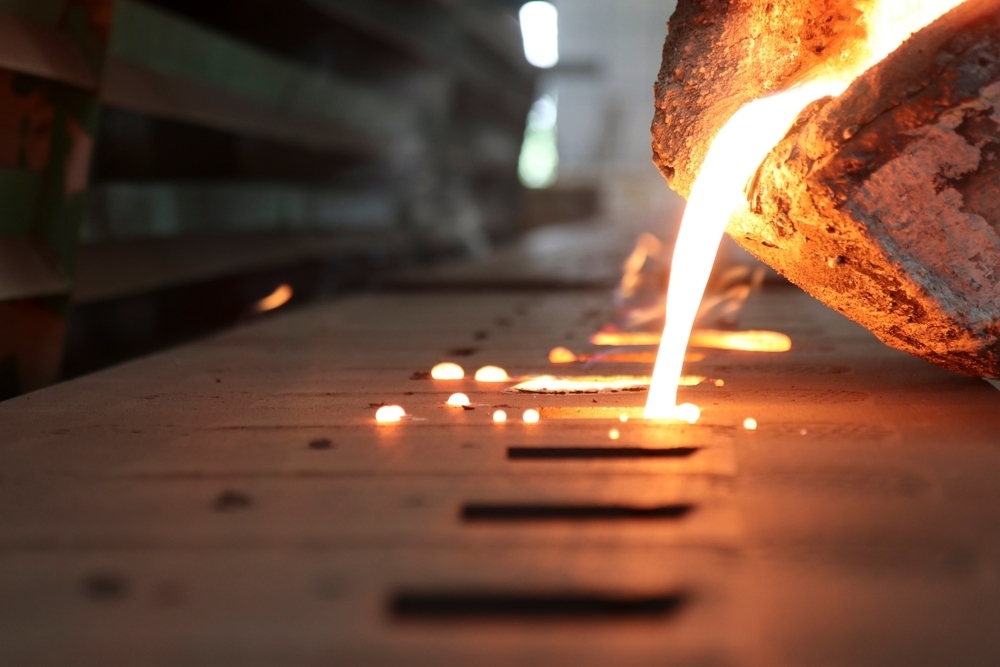
Image Credits: thomasnet.com
Casting is pouring molten metal into a mold and allowing it to cool, resulting in a finished part. Forming is often used to produce metal components used in machinery and structures.
6. Extrusion
Extrusion is a metal fabrication process that forces metals through a die to create a specific shape. Extrusion is commonly used in producing metal tubes, pipes, and profiles.
7. Machining
Machining involves using specialized machines such as lathes or milling machines to cut and shape metal into precise parts.

Image Credits: morfabrication.com
This process is often used to create parts that require high accuracy and precision, such as gears or engine components. Machining can be performed manually or automated, depending on the project’s complexity.
8. Assembly
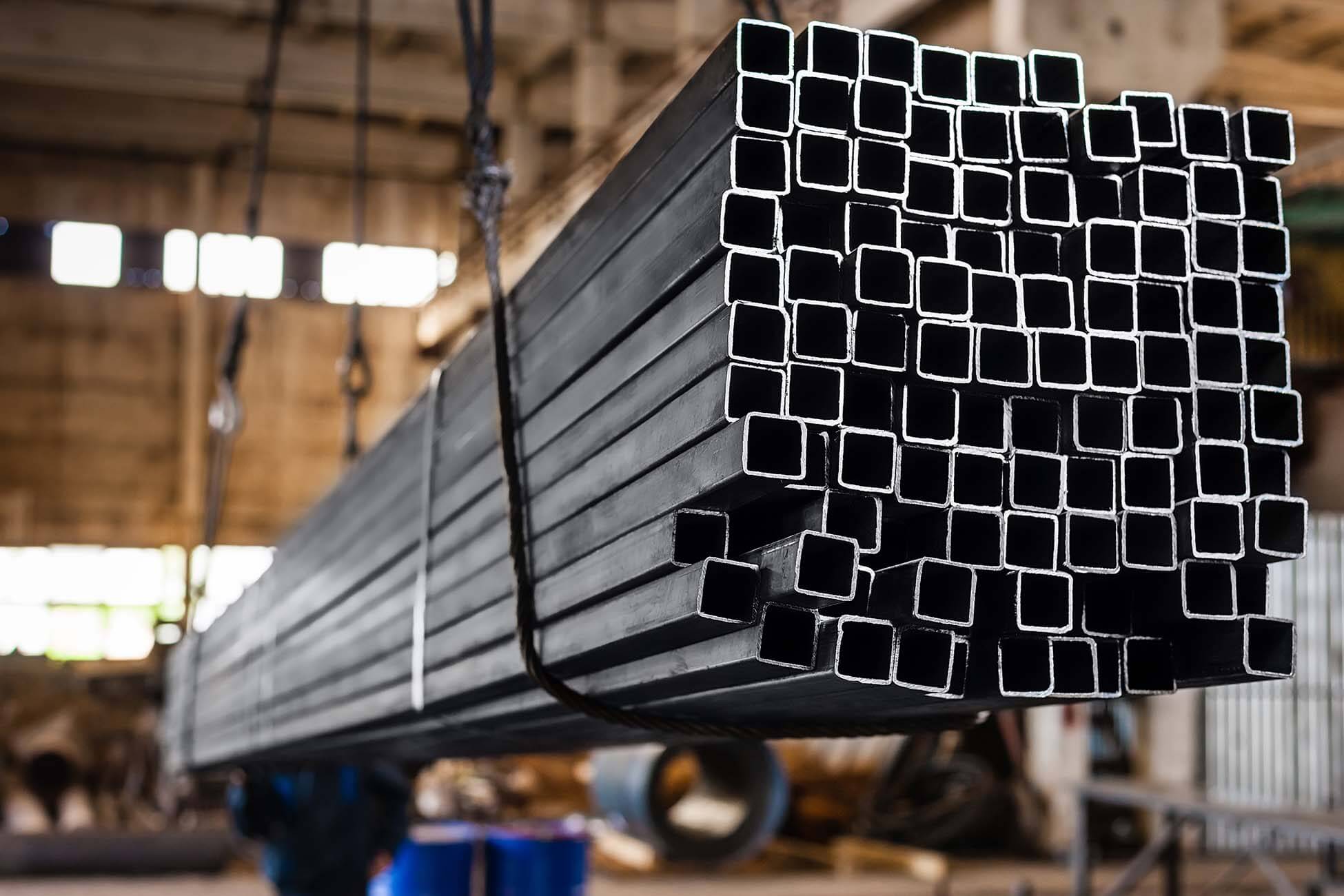
Image Credits: tfgusa.com
Assembly involves putting together multiple metal components to create a finished product. This can involve various techniques, such as bolting, riveting, or soldering. Assembly is often the final step in a metal fabrication project and requires careful attention to detail to ensure that all components are correctly aligned and secured.
9. Finishing
Finishing involves adding a final layer of protection or decoration to the metal surface. This can involve painting, powder coating, or plating the metal. Finishing is often done to protect the metal from corrosion or to improve its appearance.
Importance of Custom Fabrication
1. Quality Deliverables
Quality is crucial in construction. You want a building that’ll stand the test of time. At no given time should you have to worry about structural integrity. Custom metal fabrication will help you achieve quality projects.
Companies that deal with metal sheet & fabrication use precision equipment during production. They’ll take your customized orders and feed the data to the equipment. As a result, there’ll be no errors, ensuring the final product is identical to your desired design. You can rely on the final product to meet your current and future housing needs.
2. Increased Innovation
One of the determiners of growth in any given industry is innovation. In most cases, innovation gives birth to better and more clever ways to meet daily needs. Custom metal fabrication brings about innovation in the construction industry.
With custom fabrication and high-end equipment, you can achieve any design you want, despite complexities. As a result, architects and other construction professionals can use their creativity. They can develop complex plans, which add to the beauty of architecture.
3. Increased Customer Satisfaction
In any industry, customer satisfaction is critical. It’s the only way to remain relevant and bring back customers to your door.
As stated above, custom metal fabrication ensures quality projects. Therefore, clients will be happy with the deliverable, making them seek your services repeatedly. They’ll also refer you to their friends and families, keeping you in business for the long haul.
In addition, custom metal fabrication enables you to meet clients’ needs. Suppose a client wants to have an outdoor steel structure. Without proper measures, the steel structure may not last due to corrosion. However, by requesting a corrosion-free metal structure, the manufacturer will use the right quantities of alloys to meet these needs. Ultimately, the client will get what they requested, increasing customer satisfaction.
4. Reduced Waste
Today, the population is geared towards sustainability, which aims to protect the environment. One way you can negatively affect the environment is by increasing non-biodegradable waste. Custom metal fabrication reduces this possibility.
This process is done off-site and according to design. Therefore, there’s no need to adjust once it arrives on site. You only need to assemble and install it in the needed area. Without customization, you’d have to modify the structure, which leads to cut-offs that end up as waste. It’s an issue unless you have implemented a waste management system.
The same happens on-site as the manufacturer arrives at your final product. However, the manufacturer can recycle the cut-offs into new metal structures, eliminating waste.
5. Saves Time
Time is of the essence in project execution. You want to deliver the project to the client as soon as possible. Custom metal fabrication enables you to save time. How?
As previously stated, the process is done in the manufacturer’s plant. As a project manager, you can take advantage of this aspect by executing other project activities during fabrication. In short, you can run two activities simultaneously. It increases productivity and reduces project completion time.
Also, since the process is off-site, the structure will arrive on-site only needing assembly. Assembly consumes less time, unlike when you have to customize on-site. It reduces time allocation for metal structure erection in the work program, reducing overall project completion time.
6. Reduced Costs
Costs are sensitive in construction project execution. Clients aim to get their deliverables at the least price possible. With custom innovation, you can reduce overall project costs. The process is cheap, but how does it do this?
This discussion has already stated that custom metal fabrication only requires assembly on-site. It minimizes the need to hire many workers for erection, reducing the wage budget. The same can’t be said if you have to customize on-site. It’ll need many workers to complete work within the project completion time.
Frequently Asked Questions On Custom Metal Fabrication
1. How much is custom metal fabrication?
The cost of custom metal fabrication varies depending on factors such as the complexity of the design, the type of metal used, the number of parts needed, and the level of customization required. Other factors that can influence the cost include:
- The availability of materials.
- The level of precision required.
- The equipment and tools needed.
- The location of the fabrication shop.
Custom metal fabrication can generally range from a few hundred dollars for a simple project to several thousand dollars for a complex and customized piece. Getting a quote from a metal fabrication company or contractor is best for an accurate cost estimate based on your specific requirements.
2. What are the common types of fabrication?
There are several different types of fabrication, each with its unique characteristics and applications. Here are the most common types of fabrication.
- Metal fabrication involves using metal to create products or structures. It includes welding, cutting, bending, and forming.
- Plastic fabrication involves the use of plastics in the creation of products or structures. The techniques include injection molding, thermoforming, and extrusion.
- Wood fabrication is the process of creating products or structures from wood materials. The techniques include sawing, sanding, drilling, and carving.
- Composite fabrication combines two or more materials to create a product or structure. Composite materials can include fiberglass, carbon fiber, and Kevlar.
- Textile fabrication involves creating products or structures using fabrics. Such techniques can include sewing, weaving, knitting, and embroidery.
- Electronic fabrication is the process of creating electronic components and devices. This can include printed circuit boards, microchips, and other electronic components.
- Glass Fabrication involves the shaping, cutting, and joining of glass materials to create various products, including windows, mirrors, and decorative items. This type of fabrication can involve using specialized tools and techniques, such as glass blowing and etching, to create unique and intricate designs.
3. What is the difference between fabrication and welding?
Fabrication and welding are two different processes used in metalworking, although they are often used together to create metal structures and products.
Fabrication involves cutting, shaping, and assembling metal components to create a final product.
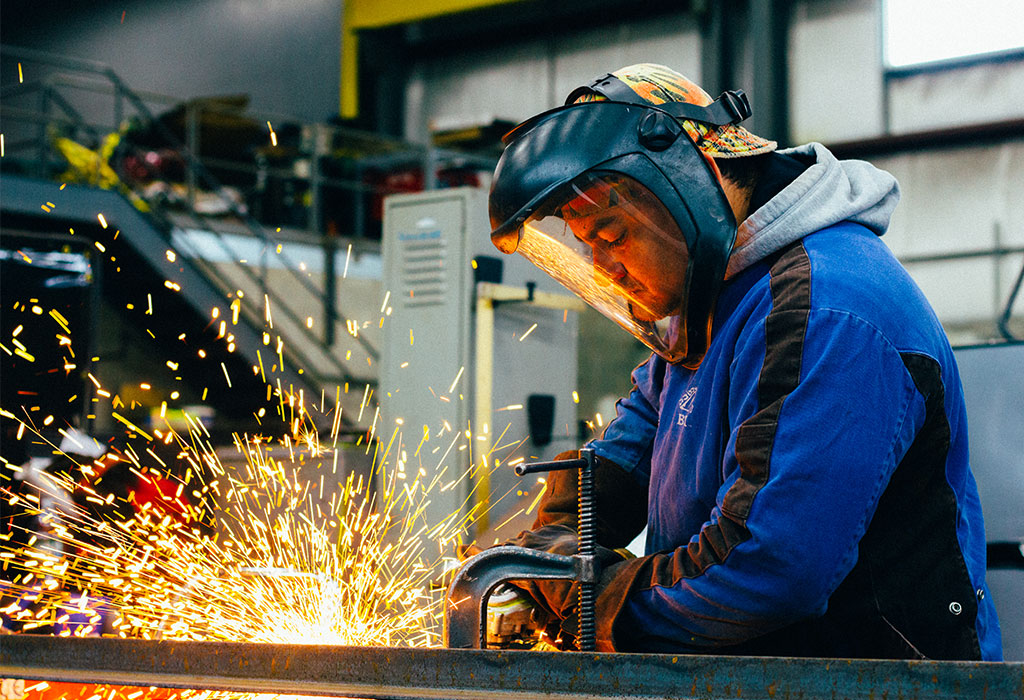
Image Credits: integratedstructure.com
This can involve using tools and techniques, such as saws, drills, bending machines, and presses, to manipulate the metal into the desired shape. The fabrication process can involve several steps, including design, cutting, forming, welding, and finishing.
Welding, conversely, is a process that joins two or more metals together by melting the edges of the pieces and allowing them to fuse.
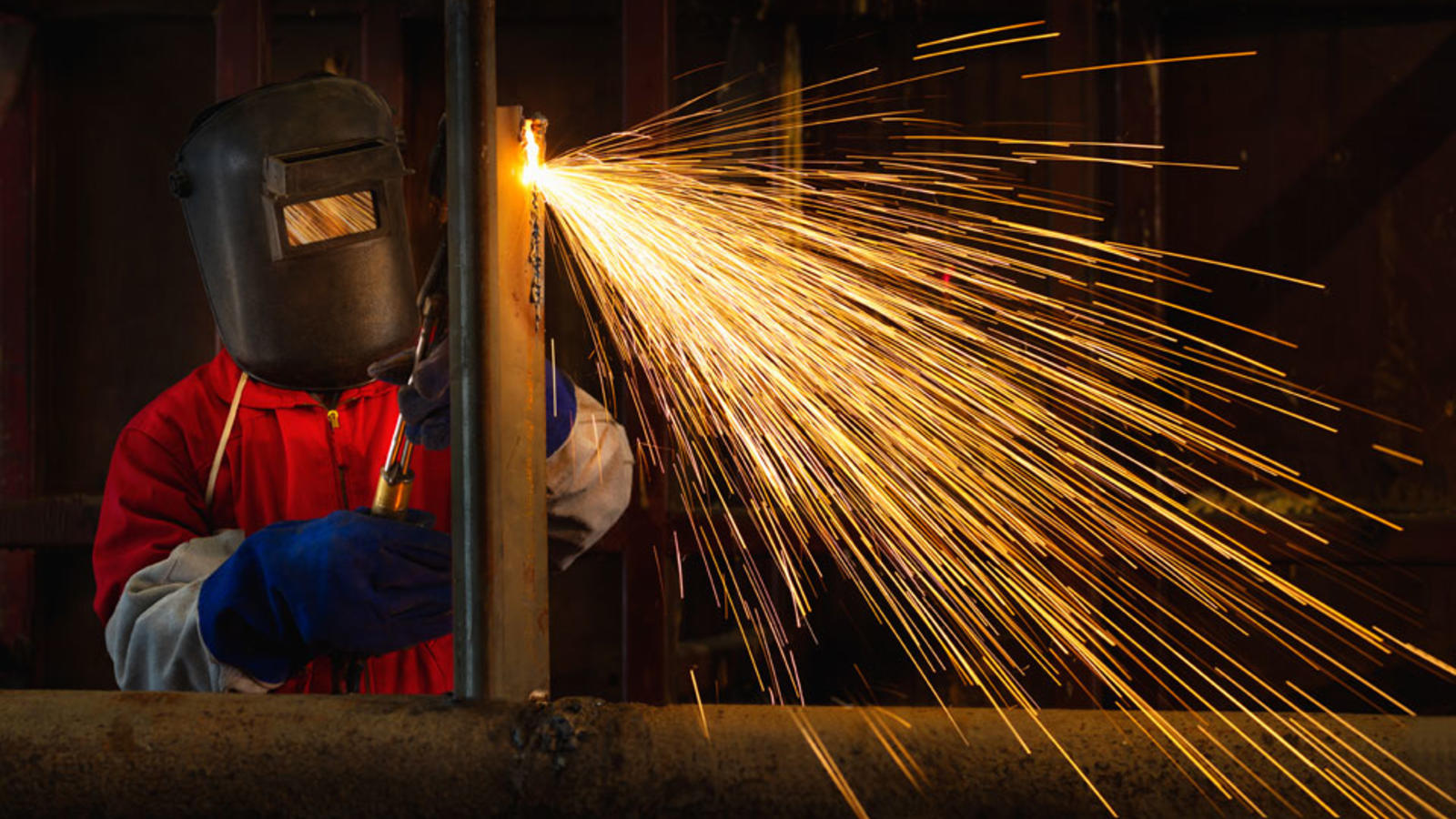
Image Credits: lincolntech.edu
Welding can be done using several methods, including gas welding, arc welding, and resistance welding. Welding is often used as part of the fabrication process to combine different components to create a complete structure or product.
Conclusion
Custom metal fabrication is a service those in architecture and construction should embrace in their projects. The discussion above has shown the importance of this process. Therefore, consider adopting it for your clients. However, the decision is yours to make; make the right one.














